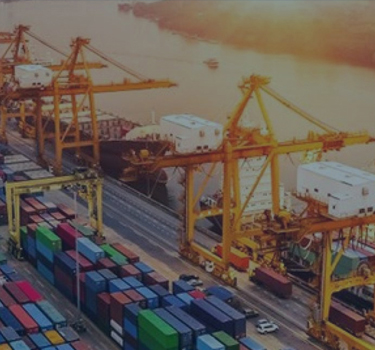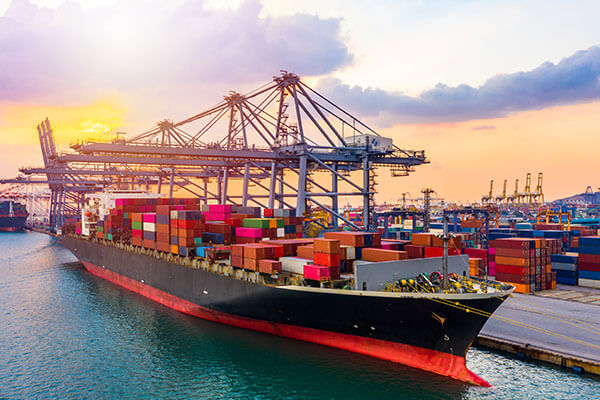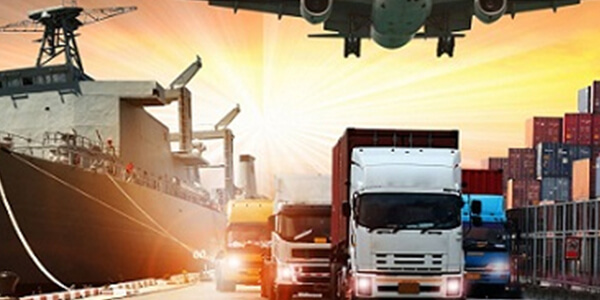Types of Dry Cargo Ships
Bulk Carriers
These are vessels designed to carry large amounts of unpackaged dry cargo, such as grains, coal, ore, and cement. They are usually large ships with a capacity of 100,000 tonnes or more.
The main advantage of bulk carriers is that they can carry very large loads, which is ideal for shippers who have large quantities of cargo. However, bulk carriers are not as versatile as other types of vessels, and they can be more difficult to load and unload.
Container Ships
These are vessels designed to carry large numbers of containers, which are used to transport everything from clothes to electronics. They are usually very large ships, with a capacity of around 20,000 TEU (twenty-foot equivalent units).
The main advantage of container ships is that they are very versatile, and can carry a wide range of different types of cargo. They are also relatively easy to load and unload. However, container ships are not as efficient as other types of vessels when it comes to transporting large volumes of cargo.
General Cargo Ships
Also called Breakbulk, they don't have the same unitization requirements as containers. They're typically loaded onto pallets or in bags, which means that specialized handling facilities aren't always necessary. Loading and unloading can be done with cranes and straps for boxes, or slings for bags. These vessels can carry loose and irregular cargo too. In those cases, the vessel’s crew packs the cargo to minimize damage and maximize space.
The main advantage of general cargo ships is that they are very versatile, and can carry a wide range of different types of cargo. They are also relatively easy to load and unload. However, they are not as efficient as other types of vessels when it comes to transporting large volumes of cargo.
Reefer Vessels
These are vessels designed to transport refrigerated goods, perishable goods, such as food, that need to be kept at a certain temperature. They are usually smaller than container ships, with a capacity of around 5,000 TEU.
The main advantage of reefer vessels is that they can carry a wide range of different types of cargo. They are also relatively easy to load and unload. However, they are not as efficient as other types of vessels when it comes to transporting large volumes of cargo.
Ro-Ro Vessels
These are designed to carry wheeled cargo, such as cars, trucks, and trailers. They usually have a capacity of around 2,000 vehicles.
The main advantage of Ro-Ro vessels is that they are very efficient at transporting large volumes of wheeled cargo. However, Ro-Ro vessels can be more difficult to load and unload, and they are not as versatile as other types of vessels.





 Back to Blogs
Back to Blogs